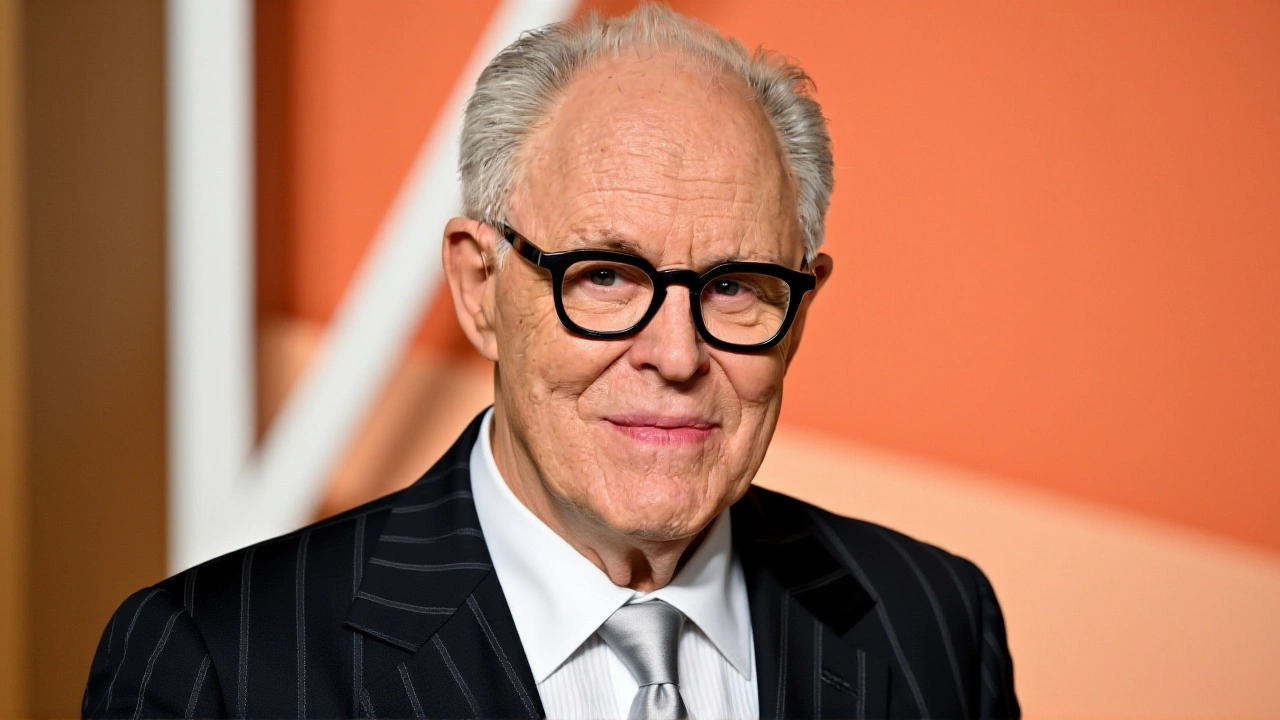When dealing with Casting Controversy, the heated public and industry debate over who gets chosen for roles in film, TV, and theatre. Also known as casting dispute, it often mirrors broader social tensions. The conversation usually starts with media casting, the process studios use to match actors with characters and quickly spirals into questions of fairness, talent, and market demands.
One major driver is diversity in casting, the effort to include actors of different races, genders, ages, and abilities in visible roles. When a high‑profile project overlooks this principle, fans and advocacy groups often shout louder, creating a ripple effect that forces studios to rethink their line‑ups. This leads to the semantic link: Diversity in casting influences audience perception of representation. Another factor is the ever‑growing entertainment industry backlash, the collective reaction from audiences, press, and insiders when a casting choice feels out of step with cultural expectations. That backlash can push networks to issue apologies, re‑cast roles, or launch new inclusion initiatives.
Understanding the mechanics helps you see why casting controversy encompasses public debate over role selection. It isn’t just about a single actor; it’s a web of decisions that include talent scouting, marketing strategy, and social responsibility. Studios must balance artistic vision with marketability, which creates the second triple: Media casting requires balancing talent, marketability, and social responsibility. When any of those pillars tilt too far, the controversy erupts.
For creators, the stakes are high. Choosing a lead who matches the character’s background can boost credibility and attract niche audiences. Ignoring that fit may lead to accusations of tokenism or cultural appropriation. The third triple captures this nuance: Representation debate shapes how audiences connect with stories. Writers, producers, and casting directors all share the burden of navigating these expectations while staying true to the narrative.
From a business angle, controversy can be a double‑edged sword. A well‑handled inclusive cast often translates into broader box‑office appeal and streaming clicks. Conversely, a misstep can trigger social media storms, boycotts, and even loss of sponsorships. That dynamic fuels the fourth triple: Industry backlash drives policy changes in hiring practices. Many studios now have diversity quotas or advisory boards to pre‑empt fallout.
So what does all this mean for you, the reader? Below you’ll find a curated collection of posts that dig into real‑world examples— from KL Rahul’s cricket headline that sparked a side‑story about media narratives, to Charlie Sheen’s memoir exposing how personal drama can become public controversy, and even a deep dive into the most‑used golf ball brand that surprisingly mirrors brand loyalty debates in entertainment. Each article adds a piece to the puzzle of why casting choices ignite public discourse.
Ready to see how these themes play out across sports, memoirs, and equipment trends? Scroll down to explore the stories that illustrate the many faces of casting controversy and how they intersect with broader cultural conversations.

John Lithgow defends his Dumbledore role in HBO's Harry Potter reboot, saying he focused on legacy, not J.K. Rowling's trans‑rights controversy.